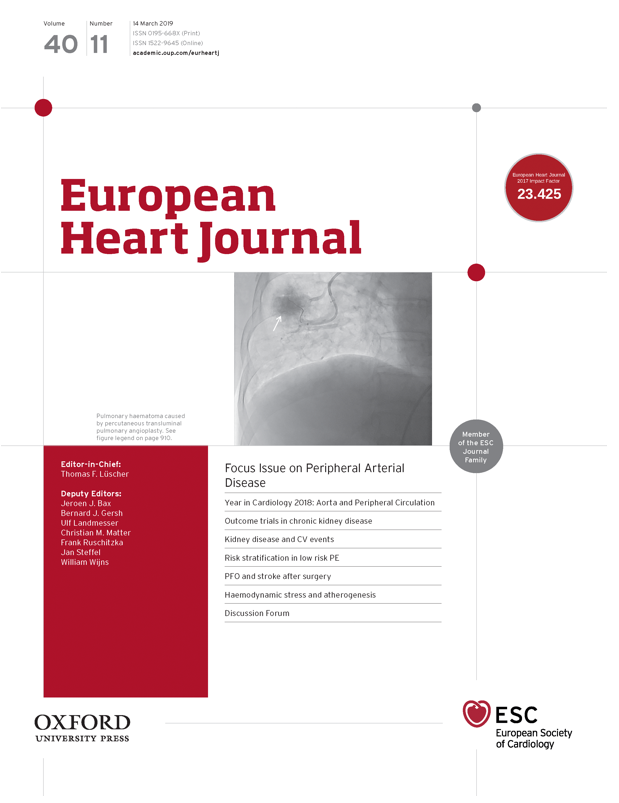Haemodynamic stress-induced breaches of the arterial intima trigger inflammation and drive atherogenesis
Franck G, Even G, Gautier A, Salinas M, Loste A, Procopio E, Gaston AT, Morvan M, Dupont S, Deschildre C, Berissi S, Laschet J, Nataf P, Nicoletti A, Michel JB, Caligiuri G
2018 • Eur Heart J • [pdf]
 Aims
Aims
: Inflammatory mediators, including blood cells and their products, contribute critically to atherogenesis, but the igniting triggers of inflammation remain elusive. Atherosclerosis develops at sites of flow perturbation, where the enhanced haemodynamic stress could initiate the atherogenic inflammatory process due to the occurrence of mechanic injury. We investigated the role of haemodynamic stress-induced breaches, allowing the entry of blood cells in the arterial intima, in triggering inflammation-driven atherogenesis.
Methods and results: Human coronary samples isolated from explanted hearts, (n = 47) displayed signs of blood entry (detected by the presence of iron, ferritin, and glycophorin A) in the subintimal space (54%) as assessed by histology, immunofluorescence, high resolution episcopic microscopy, and scanning electron microscopy. Computational flow dynamic analysis showed that intimal haemorrhagic events occurred at sites of flow disturbance. Experimental carotid arteries from Apoe deficient mice showed discrete endothelial breaches and intimal haemorrhagic events specifically occurring at the site of flow perturbation, within 3 days after the exacerbation of the local haemodynamic stress. Endothelial tearing was associated with increased VCAM-1 expression and, within 7 days, substantial Ly6G+ leucocytes accumulated at the sites of erythrocyte-derived iron and lipids droplets accumulation, pathological intimal thickening and positive oil red O staining. The formation of fatty streaks at the sites of intimal breaches was prevented by the depletion of Ly6G+ leucocytes, suggesting that the local injury driven by haemodynamic stress-induced breaches triggers atherogenic inflammation.
Conclusion: Haemodynamic-driven breaches of the arterial intima drive atherogenic inflammation by triggering the recruitment of leucocyte at sites of disturbed arterial flow.

